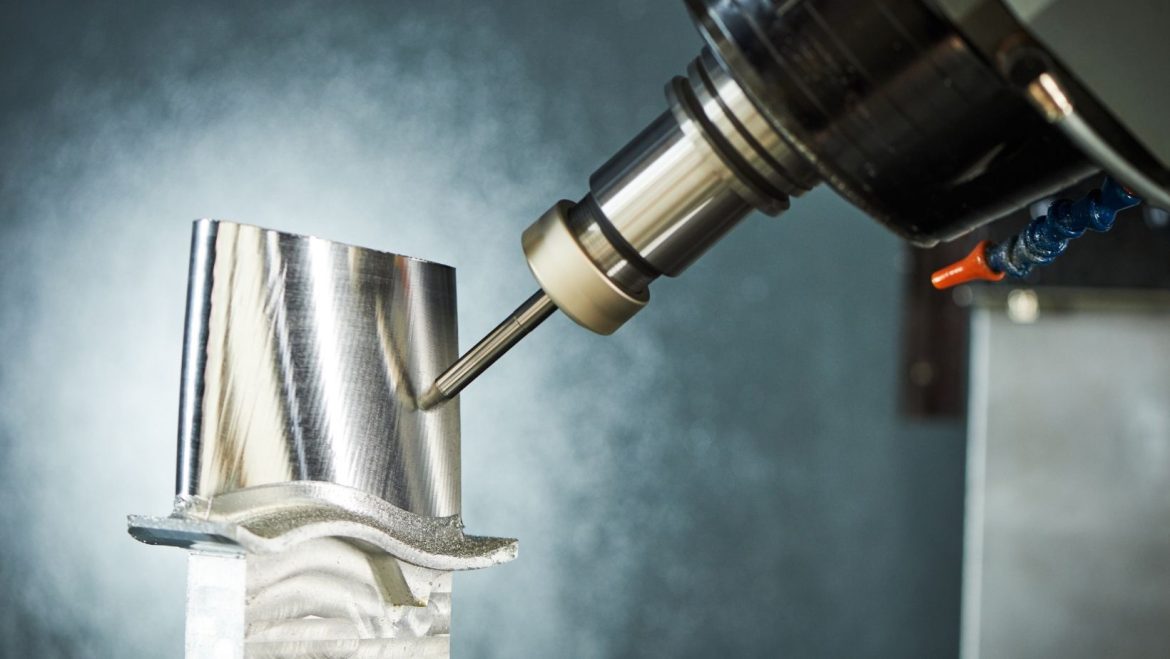Aluminum is one of the most widely used materials because of its versatility and many other properties for industrial purposes. The various considerable properties of aluminum include its high tensile strength, corrosion resistance, and lightweight, which has made it a preferable material in various industrial applications. There are different grades of aluminum with varying depths and options, making it ideal to fit into varying requirements.
Aluminum 5052 and aluminum 6061 are two of the most widely used aluminum grades. Both of these aluminum alloys have their advantages and disadvantages and depend on the application requirements. The 5xxx series alloy contains magnesium, while the 6xxx alloy contains magnesium with silicone properties. Their wide application and advantages cannot be denied in the market.
Are you wondering about 5052 VS 6061, and which one will be better for you? Keep on reading this comprehensive guide.
Differences between 5052 and 6061 Aluminum Alloy
Here are some differences between aluminum 5052 and aluminum 6061 that you need to know;
1. The capability of Forming Alloys
One of the major differences between aluminum 5052 and aluminum 6061 is their malleability or formation quality. It is because 6061 is a heat-treatable aluminum alloy which is why it is much stronger than 5052. But 5052 has a higher modulus of elasticity, which means it is better at forming alloys. The modulus of elasticity of 5052 is 70.3 GPa, and that of 6061 is 68.9 GPa.
It is because of the high modulus of elasticity of aluminum 5052 compared to aluminum 6061 that it is more excellent at forming alloys which is not a very prominent feature of 6061. You can easily bend a 5052 aluminum without any cracks.
2. Malleability
Therefore, the lower yield strength and higher elasticity of 5052 enable it to bend and form without much risk of breakage. Whereas, 6061 is better when making various shapes, channels, and angles as it can undergo a heat treatment, making it a lot stronger, harder, and easy to shape.
As aluminum 6061 features high-stress resistance and features good weldability and formability. This makes 6061 the most versatile heat-treatable alloy among the other aluminum alloys. While 5052 features moderate to high strength characteristics, making it perfect for such applications.
3. Thermal Conductivity
Thermal conductivity is the measure of how much a metal alloy is capable of transmitting heat. Aluminum 6061 has a higher thermal conductivity as compared to aluminum 5052. This is what makes it ideal for heat dissipation applications. As mentioned earlier, 6061 is not a very good forming alloy, but it is surely a very good machining alloy used for various industrial purposes.
Undoubtedly, all kinds of aluminum alloys are great thermal conductors, and this property is important to consider in heat sinks, heat exchangers, and many more. But still, the thermal conductivity of 6061 is much greater than 5052, making it ideal for applications that require good heat conduction.
Conclusion
If you are choosing between aluminum 5052 and aluminum 6061, the first thing that you will have to consider is your requirements. Both aluminum grades have advantages and disadvantages; you will have to check what properties you need for the type of application you want to use them in. Therefore, choose the right material for your project considering all the requirements.

